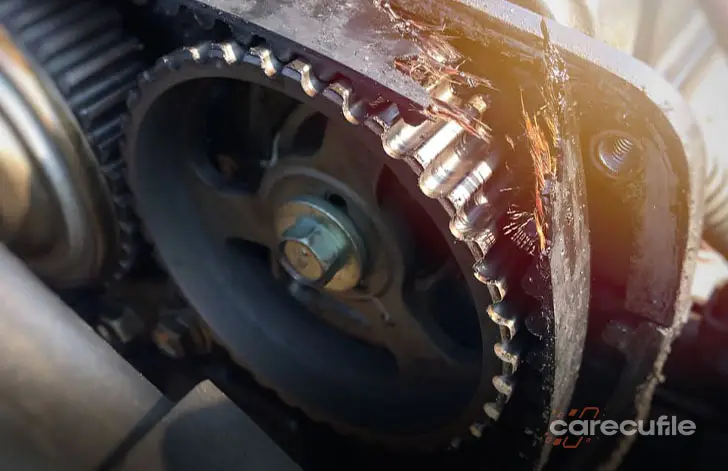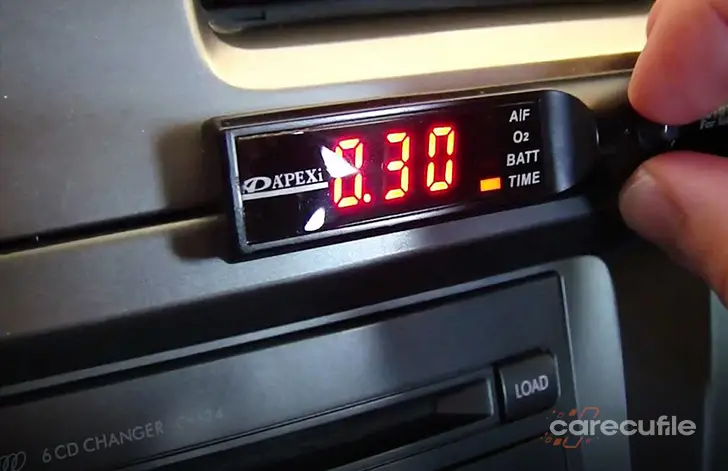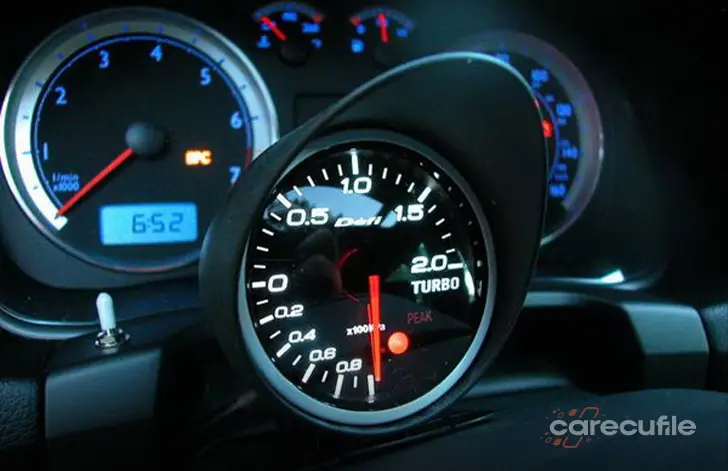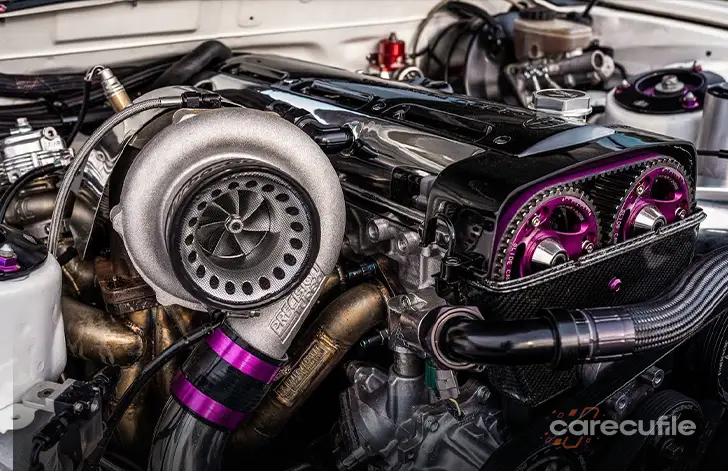What is a Timing Belt?
What is a Timing Belt?
The timing belt is one of the most important parts that ensure the functioning of the engine. Maintenance of this part should be carried out at certain periods and due to the benefit it provides, checking should be carried out due to its effect on performance, as well as protecting the health of the engine. This timing belt is responsible for sending the rotational movement it receives from the crankshaft to the camshaft. In addition, it also provides the opening and closing movement of the valves. The timing belt does not work on its own, there are also two more separate parts next to it. The first is the tension wise, and the second is the rpm pump. The tension ball adjusts where the timing belt stops. The RPM pump, on the other hand, works by cooling the liquid in the engine. The system consisting of these parts has a great influence on the operation of the vehicle and therefore the damage caused in the event of its failure can lead to risky situations.
Timing Belt Rupture
Since the timing belt is in a frictional environment, the deformations caused by this friction can break. In case of rupture, your vehicle will not walk. You can understand that the timing belt is broken; a large amount of black smoke is emitted from the exhaust, you can understand from situations such as the vehicle running very loudly. In such cases, it would be a very wrong move to start your car again. You need to turn off the ignition, make sure that the engine does not start and take it to a service together with the tow truck.
Timing Belt Maintenance
Since the timing belt has a very important effect on the vehicle, it is necessary not to neglect its maintenance. If we look at the average, it may be appropriate to change it between 60 thousand and 100 thousand km Dec. However, these rates may vary depending on the use. For this reason, when these values are approached, it will be much more correct to go and make a change.
















